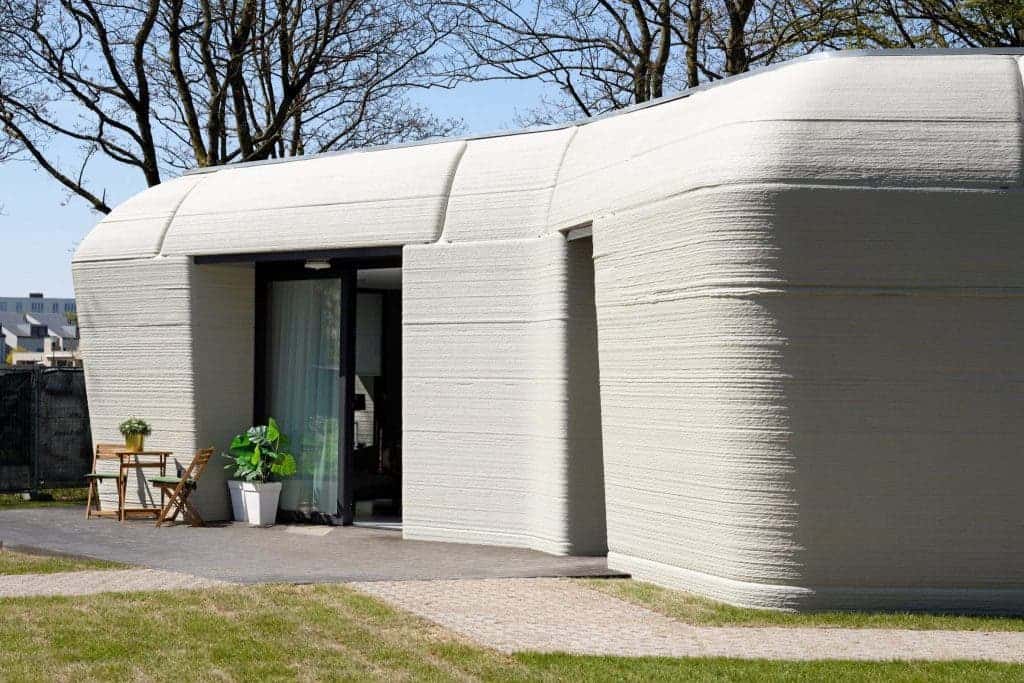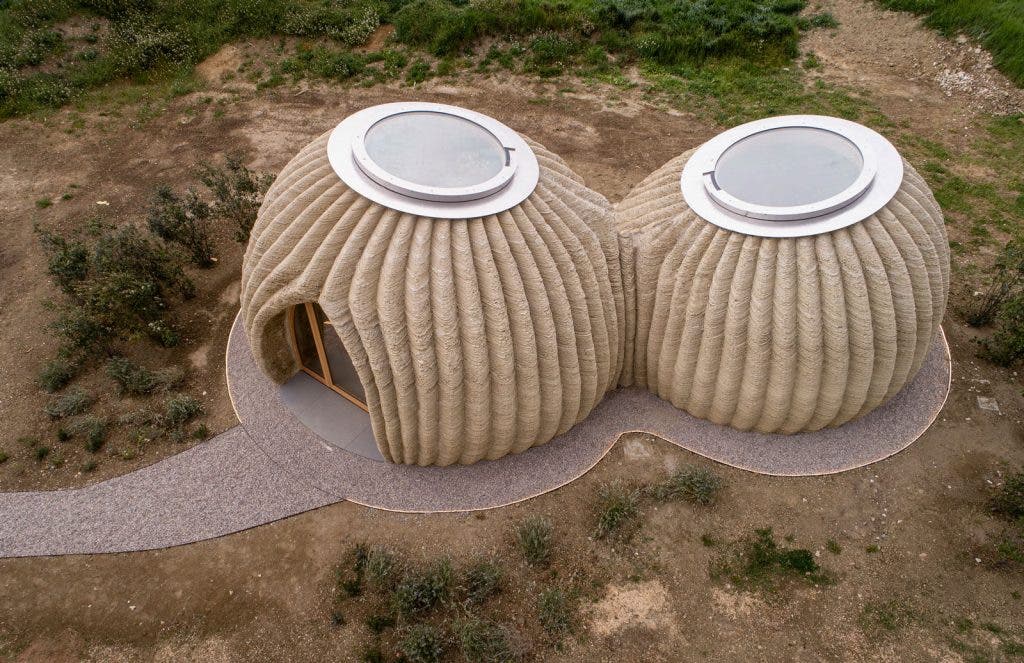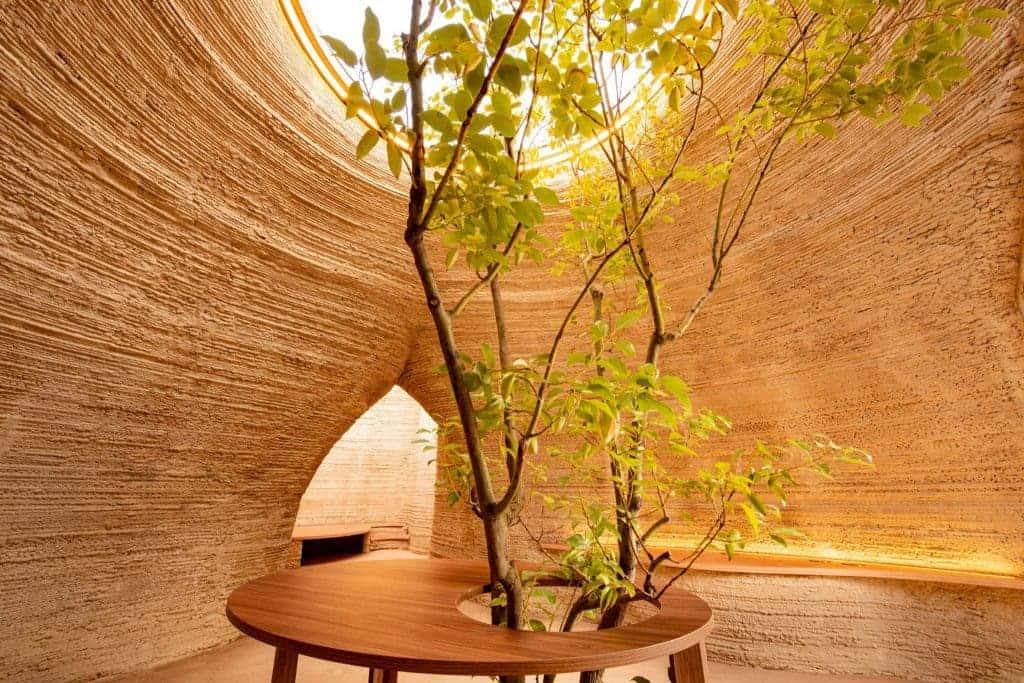A new generation of start-ups wants to disrupt the way houses are developed — and they’re already on the market.

For those uninitiated in 3D printing (although years of maker sites, souvenirs, prosthetic limbs, and car parts have already shown us the wonders of 3D printing) here is a useful definition of 3D printing from Associated Press: “3D printing, also known as additive manufacturing, uses machines to deposit thin layers of plastic, metal, concrete and other materials atop one another, eventually producing three-dimensional objects from the bottom up.”
Printing in three dimensions.
You may think 3D printing is all about small objects — and for the most part, that’s true, most printers are small in size and can only produce small objects. But increasingly, 3D printers are being used for larger objects. Houses, in particular, are an attractive field for it.
The time has never been as ripe as it is now for 3D printing. Innovation is in the air; prices for 3D printers are dropping; more affordable and durable materials are being developed; and there’s a shortage of wood and other materials conventionally used for house building. All the elements have aligned to make 3D-printed structures competitive with regular materials.
In fact, many believe that 3D printed houses could not only be comparable in price to conventional houses — but they could be cheaper. The construction time could also be reduced substantially. The World Economic Forum acknowledged the significance of this industry-changer — 3D printing can raise a house within days, compared to weeks or (more often) months.
Mighty Buildings is a case in point. As reported in Sustainable Brands, the firm basically makes construction panels. These can be bolted together as building blocks for structures. They use a thermoset composite material created via 3D-printer technology and the whole process is very efficient: the material hardens immediately under UV light.
Another 3D printing company on the construction scene is ICON, leveraging advanced robotics. They can print up to three houses at a time. Fast Company looked at their capabilities and reported that, on one site, it tried printing multiple homes at once. It was an experiment and they discovered it was possible, enabling them to go faster and reduce costs. Fast Company described the Vulcan printer, at 33 feet long, as working “like a giant version of desktop 3D printers, squirting out a custom concrete mixture in layers like frosting on a cake. The process builds the walls of the house, with other parts, including the roof and windows, added later.”
But are 3D printed houses too limited a solution for a giant problem of lack of affordable housing? How is this a practical solution? The CTO answered the question with another question: “how do you eat an elephant? One bite at a time.”
Down to Earth
In Italy, meanwhile, 3D printed homes are, literally, breaking ground. If you’re yawning over structures that look like super-sized cartons and resonate with a bicycle, dog and morning newspaper on the doorstep, wait for this. WASP has delivered a startling alternative.


WASP is a 3D printing company that partnered with Mario Cucinella Architects to make a “TECLA” house near Bologna, Italy. It is a dome-shaped structure, a circular model that has the appearance of coming up straight from the earth under it.
Construction was based on natural materials and it was made with two printer arms running at the same time. The recipe: soil blended with water and special additives. It presents close to a net zero footprint and uses about a hundred layers of 3D-printed clay.
“Each printer has the capacity to print an area of 50 sq m (538 sq ft), making it possible to accomplishing a single housing module in a matter of days,” as per New Atlas. The house has an open living room with a kitchen, bedroom, bathroom, and wardrobe storage. A skylight brings natural light during the day and “star gazing” at night. New Atlas called TECLA a “pioneering example for low-carbon housing construction.”
At the moment, it’s still hard to say if 3D printed houses will become mainstream. But the signs are there. Already, the first 3D printed house in the US was sold — and at a price much lower than its competitors in the area. No doubt, 3D printing is just getting started and it may not be long before it starts popping up in a neighborhood near you.






